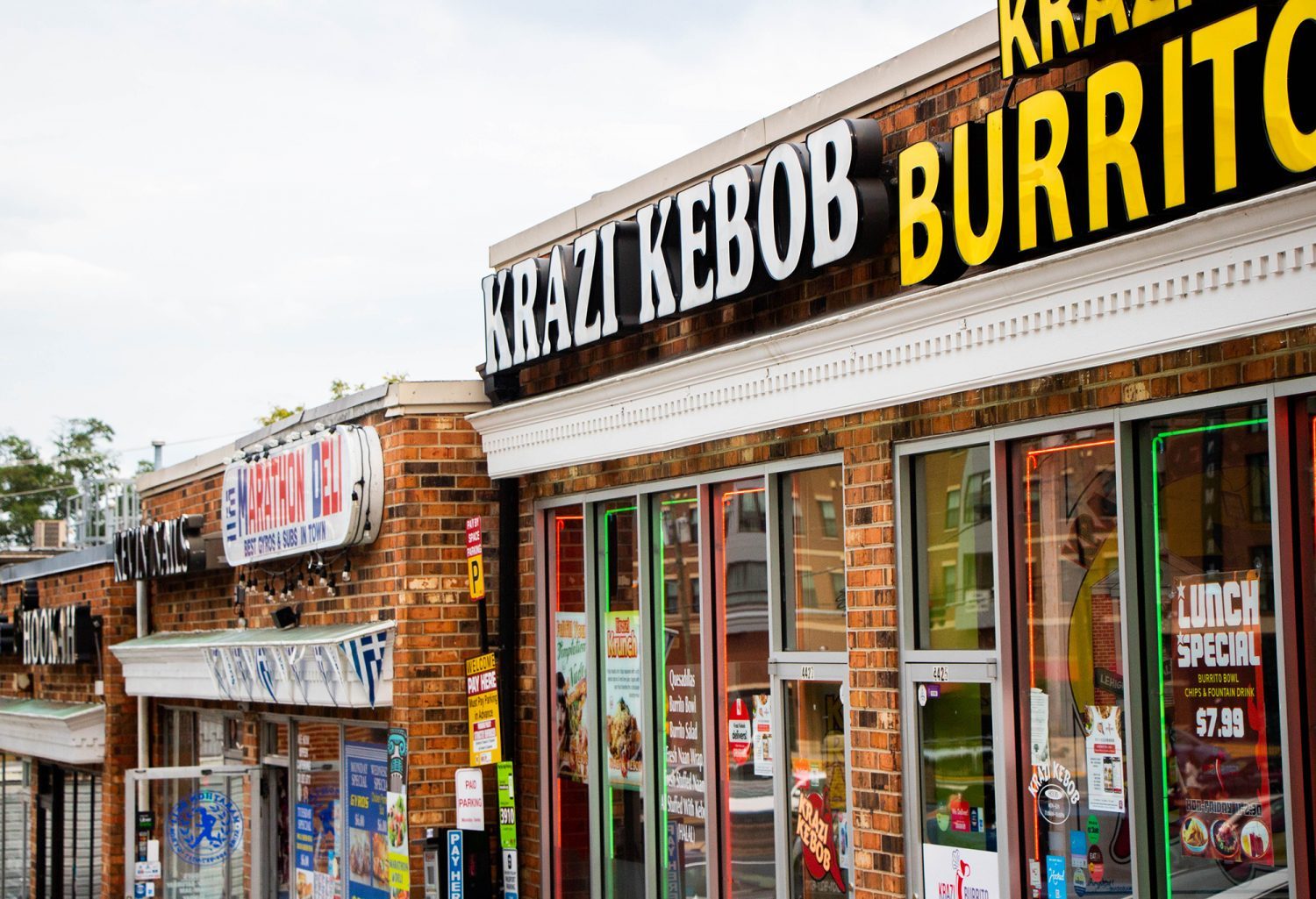Views expressed in opinion columns are the author’s own.
Following last week’s news of a developer looking to replace the Marathon Deli and Lotsa Pizza stripmall with mixed-use student housing, many voiced their concern about the rising cost of living in College Park. This development poses serious questions to the College Park community about the city’s aim to be a “top 20 college town by 2020.”
Is the goal a more affordable, green and vibrant college town? Or are we at the whims of private developers looking to profit off students with “luxury” apartments and expensive lunch options, pricing out poor and working-class students and residents?
To be fair, College Park has made some strides this past decade to make the city more livable. The Purple Line will be key to connecting College Park to the surrounding area and Washington, D.C., an important win for accessibility and sustainability, although it will likely indirectly contribute to higher rents near its stops. The opening of Lidl brought affordable groceries to College Park, answering the long-standing food desert problem. The city hall development project incorporates civic engagement and open public space as core values of the design. The food hall and music venues are attempts by the city and university to make nightlife more vibrant and entertaining than the repetitive, sloppy bar nights.
All this being said, we need a paradigm shift in development. The equity concerns are real. The median student’s family income is $108,200, and if College Park development continues as is, it will only increasingly become a rental playground for upper class students. Relying on private developers for financing will succeed at turning College Park into a top 20 college town — but only for those who can afford it.
Instead of relying on profit-driven lenders, the city should engage “community development financial institutions”: lenders aiming at creating social value beyond profit.
Luckily, we have one of the best types of these right here in College Park — the University of Maryland. Universities can be shining examples of “anchor institutions,” providing a long-term financial basis for socially valuable projects to flourish. Terrapin Development Company — the university’s public-private development arm — on its face appears to be aiming toward exactly this.
But problems manifest when TDC involves profit-seeking stakeholders. The Hotel, managed and owned by Southern Management Corporation, is only available to upper class clientele visiting the university, looming large over Route 1 as a symbol of the university’s priorities. WeWork continues the march toward “AirBnB-ification”: using technology and the “sharing economy” for massive profits extracted from communities.
With such massive purchasing power, this university has the ability to be a driver of equitable development through community-based procurement and investment strategies. For a positive example of this, just look at the recent Cool Food Pledge by Dining Services. The initiative makes a moral commitment to lowering the school’s ”foodprint,” demonstrating how ethics are implicit in the financial decisions our institutions make.
There are many types of community development financial institutions: credit unions, community loan funds, public banks, community development corporations, among a wealth of others. All of these function to provide a non-extractive basis to build an economy that serves the needs of the community rather than profit seekers.
Imagine a College Park where new mixed-used complexes are financed by CDFIs. Rather than renting extractive “luxury” apartments, students become paying members of housing cooperatives, owned and managed by their building’s tenants union. The complex’s roof is home to a community garden open for anyone to volunteer. Instead of the gamut of $10 lunch options, the retail spaces include a worker-owned cafe, a thrift co-op, a hole-in-the-wall bar and stage and a small produce market.
This is the basis of what a Green New Deal in College Park could look like. If we want to see green urban development, it requires development to see social value beyond profit. That requires two key components: non-profit financing and a movement demanding change.
The latter is crucial, because these are only the basics of some ideas that could shift how we think about development. They may sound nice, but at the end of the day, this type of change will only happen if a student-resident movement demands it of the city and the university. Private developers are not going to give up their power and influence over city and university officials so easily.
Marathon Deli should be the least of our concerns. Let’s get smart about how we can change College Park so that it serves students and residents rather than landlords and developers.
Michael Brennan is a public policy graduate student. He can be reached at mryanbrennan@gmail.com.



